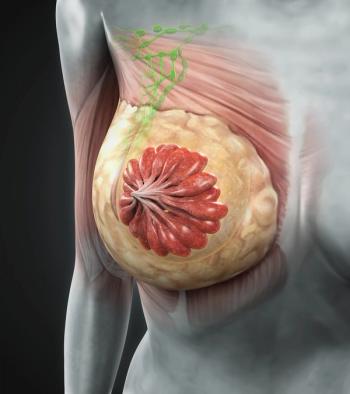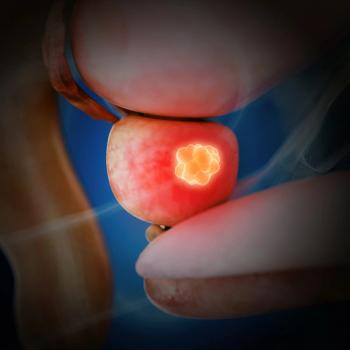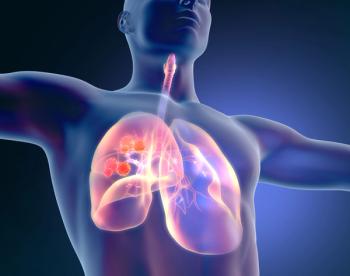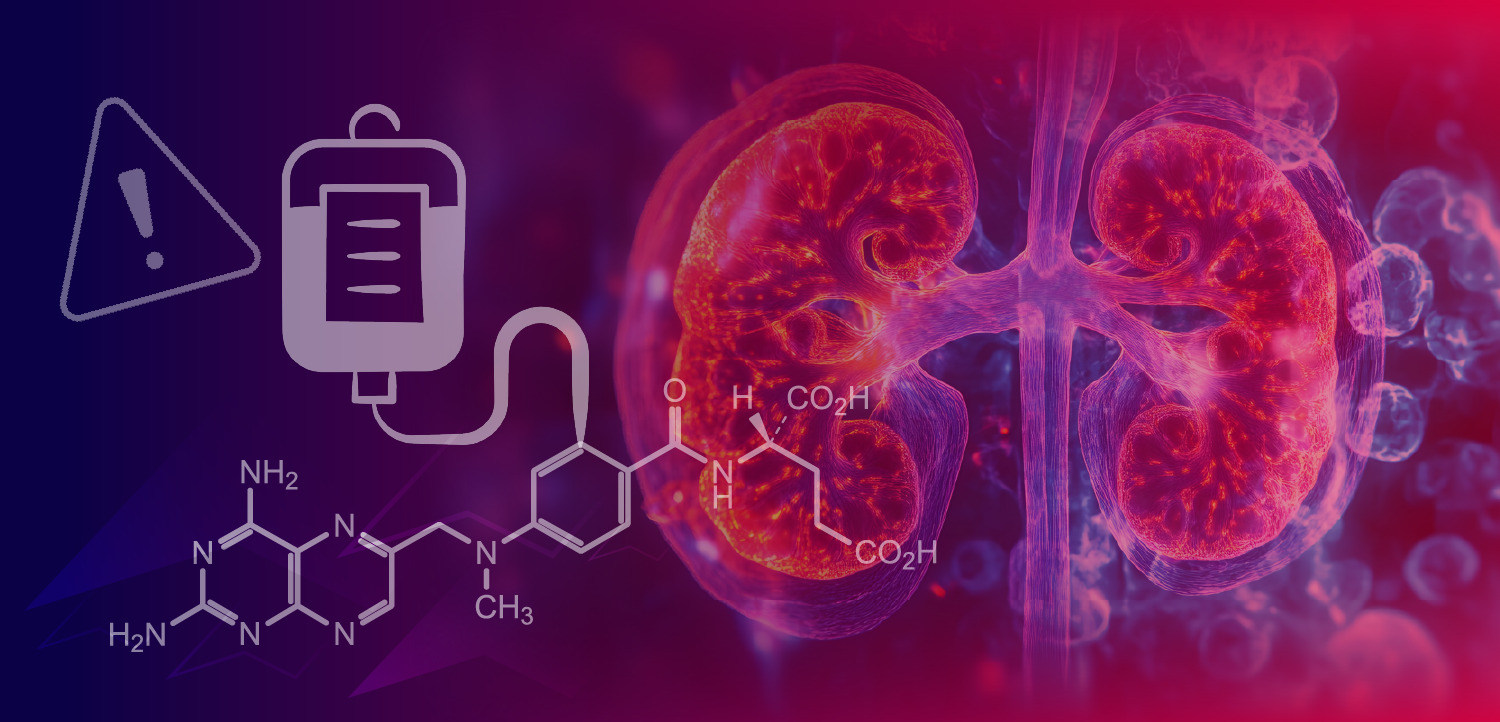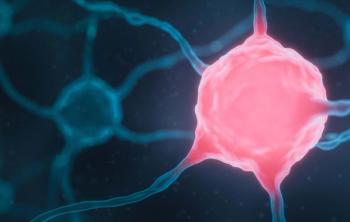
Oncology NEWS International
- Oncology NEWS International Vol 11 No 2
- Volume 11
- Issue 2
Pegfilgrastim as Effective as Filgrastim Postchemotherapy
ORLANDO-The investigational, single-dose cytokine pegfilgrastim worked as well as filgrastim (G-CSF, Neupogen) in decreasing the duration of severe neutropenia following chemotherapy in patients with relapsed or refractory non-Hodgkin’s lymphoma (NHL) or Hodgkin’s disease.
ORLANDOThe investigational, single-dose cytokine pegfilgrastim worked as well as filgrastim (G-CSF, Neupogen) in decreasing the duration of severe neutropenia following chemotherapy in patients with relapsed or refractory non-Hodgkin’s lymphoma (NHL) or Hodgkin’s disease.
Lead investigator Julie M. Vose, MD, professor of medicine, University of Nebraska Medical Center, reported the results at the 43rd Annual Meeting of the American Society of Hematology (abstract 3322).
Pegfilgrastim is formulated by adding a polyethylene glycol molecule or "PEG" unit to enlarge the parent filgrastim molecule, causing it to be removed more slowly from the body. This allows an extended half-life, so that a single injection after each chemotherapy cycle is all that is needed. Filgrastim circulates in the blood for a relatively short time, necessitating daily injections for up to 2 weeks following each chemotherapy cycle.
During a multicenter, phase II trial, investigators compared the efficacy of the two drugs in patients with relapsed or refractory Hodgkin’s disease or NHL who received ESHAP (etoposide, methylprednisolone, cisplatin, and cytarabine) chemotherapy. The objective was to assess the duration of severe neutropenia in cycle 1 and, secondarily, to assess the duration during cycles 2 through 4.
Patients were randomized to receive pegfilgrastim, 100 µg/kg, on the day after chemotherapy (29 patients) or filgrastim, 5 µg/kg/d, on the day after chemotherapy and continuing for 12 days or until neutrophil recovery (ANC greater than 10,000/µL) (31 patients). In cycle 1, the median number of filgrastim injections was 11 (range, 9 to 15).
Twenty-two patients in the pegfilgrastim arm and 28 in the filgrastim arm went on to receive cycle 2. Again, the median number of filgrastim doses received was 11.
"There was no difference in the incidence of severe neutropenia by randomization arm for cycle 1 or 2," Dr. Vose said. "The level of severe neutropenia was approximately 70% in cycle 1, compared with about 25% to 30% in cycle 2."
Adverse events were associated primarily with chemotherapy and were similar between the two arms. Patients in both groups reported mild to moderate cytokine-related bone pain, 38% in the pegfilgrastim arm and 29% in the filgrastim arm. No serious adverse events were associated with either treatment.
"Pegfilgrastim provided neutrophil support with safety and efficacy profiles similar to daily subcutaneous injections of filgrastim," Dr. Vose said. "Hopefully, the new molecule will greatly simplify the management of chemotherapy-induced neutropenia and allow the patient to receive one dose rather than 11."
Amgen, which is developing the agent, submitted a Biologics License Application to the FDA in March 2001 and a European application in May 2001. Trials also have been conducted in breast cancer patients.
Articles in this issue
almost 24 years ago
R115777 Has Significant Activity in CML and Myelofibrosisalmost 24 years ago
National Cancer Prevention Campaign Discussedalmost 24 years ago
CHOP Plus Rituxan Proves Cost-Effective in B-Cell Lymphomaalmost 24 years ago
Lung Cancer Screening Protocol Moves Forwardalmost 24 years ago
Cancer Prevention Research Hampered by Lack of Biomarkersalmost 24 years ago
Rituximab Improves Efficacy of Chemotherapy for Follicular Lymphomasalmost 24 years ago
Long Survival Confirmed in CML Patients Who Respond to InterferonNewsletter
Stay up to date on recent advances in the multidisciplinary approach to cancer.



